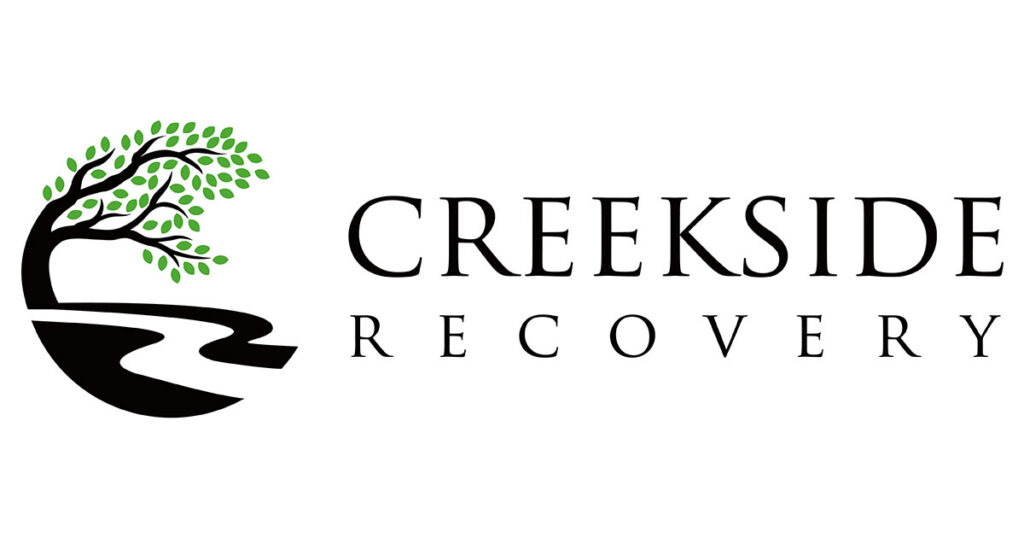
The Importance of Personalized Care in Rehab
A Holistic Approach to Treatment
What Qualifies as a Rehab Center Bay Area Emergency?
Navigating Your Recovery Options
- Identify Needs: Understand the specific addictions or mental health issues involved.
- Research Facilities: Explore facilities that offer tailored programs addressing these needs.
- Assess Environment: Verify that the location and ambiance support recovery goals.
- Review Services: Ensure the facility provides a comprehensive range of therapies and support systems.
- Consult Experts: Speak to admissions or refer to professionals for guidance.
Each step is designed to ensure that your decision aligns with personal recovery objectives, promoting the most effective healing journey possible.
Common Questions Answered: Why Choose a Rehab Center in the Bay Area?
A Testimonial Perspective: Real Stories of Transformation

What is the average stay in inpatient rehab?
Generally speaking, the average stay in inpatient rehab can range from 30 to 90 days, depending on the individual’s needs and progress. At Creekside Recovery, we understand that everyone’s journey is unique, and we tailor our programs to fit the specific requirements of each person. For example, some individuals may benefit from a longer stay to address underlying issues, such as trauma or co-occurring mental health disorders, by utilizing therapies like art or equine therapy. This personalized approach ensures a comprehensive recovery journey, allowing individuals to build a solid foundation for long-term sobriety. It’s worth contemplating if a longer stay might provide more benefit for your personal recovery goals.
Is a rehab center the same as a nursing home?
No, a rehab center and a nursing home serve different purposes. Rehab centers, like Creekside Recovery, focus on helping individuals overcome addiction and behavioral health issues through structured therapy programs and supportive environments. In contrast, nursing homes provide long-term care and assistance with daily activities for individuals who may have chronic health conditions or are elderly. At Creekside, our serene environment and personalized treatment plans are specifically designed to nurture recovery, not just manage care, which distinguishes us from traditional nursing home settings.
How long can you stay in a rehab center?
The duration of stay in a rehab center can vary based on the individual’s progress and the severity of their condition. At Creekside Recovery, we offer flexible treatment timelines, focusing on individual needs rather than a predefined schedule. While some residents might find their footing in a 30-day program, others might require longer engagements, such as 60 or 90 days, to effectively address deeper issues. It’s about finding the optimal time frame that allows you to heal, rediscover, and grow. What duration do you feel might best support your recovery goals?
Who pays for inpatient rehab?
Financing inpatient rehab can often be a concern for many. At Creekside Recovery, we strive to make this process as transparent as possible. Payment options typically include private insurance, self-funding, and sometimes public programs or scholarships for those who qualify. It’s important to contact your insurance provider to understand what services they cover. We assist with navigating these options to ensure that financial concerns do not become a barrier to receiving the necessary care. How does your current insurance plan align with the treatment options you’re considering?
What makes personalized care important in the recovery process?
Personalized care is crucial because everyone’s path toward recovery is distinct. At Creekside Recovery, we emphasize individualized treatment plans because they allow us to address specific triggers, histories, and preferences. Personalized care tailors therapies like art therapy or yoga to resonate with each individual’s unique story, ultimately facilitating a more profound and enduring recovery. By combining personalized care with our tranquil Bay Area backdrop, we create a healing space where residents can truly thrive and rediscover joy. What aspects of personalized care do you think would most benefit your recovery experience?
How does a holistic approach enhance recovery?
A holistic approach enhances recovery by addressing the entire person–mind, body, and spirit–rather than focusing on symptoms alone. At Creekside Recovery, we incorporate therapies that promote mental well-being, physical health, and spiritual growth. This comprehensive strategy helps establish equilibrium and nurtures resilience, critical for long-term sobriety. For example, yoga and meditation sessions become safe havens for self-reflection and healing. How do you think integrating mind, body, and spirit could impact your recovery journey?
What are the advantages of choosing a rehab center in the Bay Area?
Choosing a rehab center in the Bay Area, like Creekside Recovery, offers numerous advantages, from the diverse cultural backdrop to the stunning natural vistas that enhance healing. The region’s innovative spirit fosters unique therapeutic opportunities, such as beachside meditation or nature walks. This vibrant environment encourages community building, which is essential for recovery. Additionally, our center simplifies complexities around costs and duration, ensuring that residents feel informed and comfortable. How important is location and community to your recovery process?
Resources
- Substance Abuse and Mental Health Services Administration (SAMHSA) – SAMHSA is a government agency that leads public health efforts to advance the behavioral health of the nation. Their website offers resources, programs, and information on substance abuse and mental health treatment.
- American Psychiatric Association – The American Psychiatric Association is a professional organization representing psychiatrists in the United States. Their website provides information on mental health issues, treatment options, and resources for individuals seeking help.
- National Alliance on Mental Illness (NAMI) – NAMI is a grassroots mental health organization dedicated to building better lives for those affected by mental illness. Their website offers support, education, and advocacy resources for individuals and families dealing with mental health challenges.
- National Institute on Drug Abuse (NIDA) – NIDA is a government agency focused on advancing addiction science and addressing the public health crisis of drug abuse. Their website provides research, resources, and information on drug abuse prevention and treatment.
